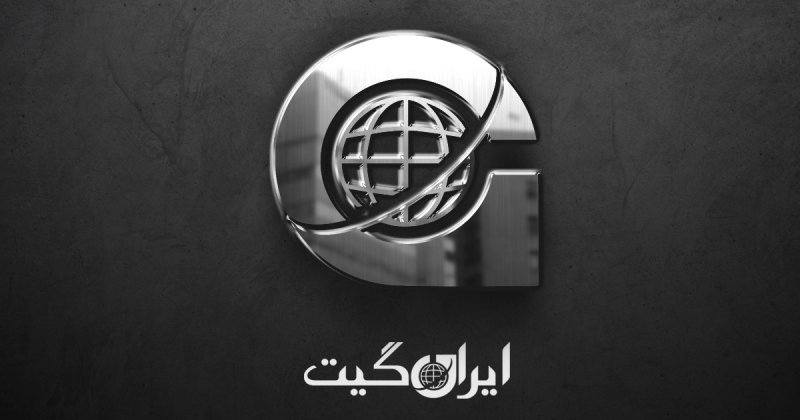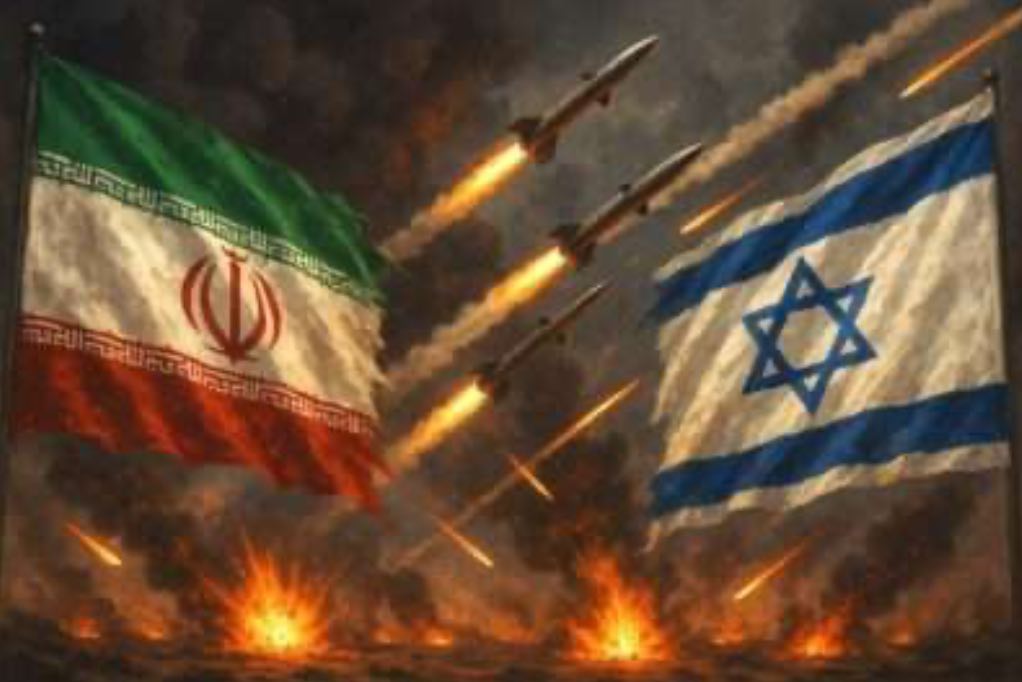Tehran and Tel Aviv after a fragile peace fire, a lasting tension
Tehran and Tel Aviv after a fragile peace fire, a lasting tension
According to Richard Nephew, a prominent expert on Iranian issues at Columbia University, the Israeli regime, after the end of the 12-day war from June 13 to 25, 2025, which included a series of extensive airstrikes against Iran’s nuclear facilities in Natanz, Fordow, and Isfahan, is still preparing for new military operations against Iran.
Benjamin Netanyahu, the Prime Minister of Israel, described these attacks as a preemptive action to curb Iran’s nuclear threats. However, some analysts believe that his long-term goal may go beyond containment and aim for a change in Iran’s governance structure—a major goal that, according to experts, seems unlikely to be achieved in the short term.
In this regard, informed sources have reported to Axios news site that Israel is preparing for a potential attack if Iran seriously resumes its nuclear activities. On the other hand, Donald Trump, the President of the United States, might give a green light to such attacks, although his preference remains to return to the negotiating table.
Sanam Vakil, senior researcher at Chatham House, emphasizes that Israel’s main goal is not necessarily regime change but the destruction or at least complete crippling of Iran’s nuclear capabilities. However, she clarifies that regime change in the short term is not realistic.
These attacks have faced widespread reactions and severe condemnation from regional countries and the International Atomic Energy Agency.
At the same time, Asian media, especially in Lebanon, believe that Iran’s response to the recent attacks, including the launch of 550 ballistic missiles and over 1,000 drones, indicates Iran’s extensive and deterrent capabilities. This could reduce the likelihood of renewed conflict, as Tel Aviv now has a greater awareness of Iran’s military capacities.
Following these developments, Abdul Bari Atwan, a prominent Arab analyst in the Rai al-Youm newspaper, has raised the possibility of Israeli involvement in explosions like the recent Bandar Abbas incident, evaluating it within the framework of pressures related to nuclear negotiations.
He says such actions could lead to limited conflicts, but the occurrence of a full-scale war in the short term seems unlikely.
Strategic outlook of the Middle East after the 12-day war
Touraj Atabaki, an Iranian researcher at Leiden University, in his analysis, presents three major scenarios for the future of the Middle East in light of recent developments.
1. A temporary ceasefire with the intervention of global and regional powers, the sustainability of which is assessed as low due to fragile conditions. 2. Internal weakening of Iran’s political structure and its inclination towards direct negotiations with Israel, something that could lead to major political changes within Iran. 3. Increasing tensions and the formation of a second wave of military conflicts, a scenario that, although proposed by some, Western powers are trying to avoid.
In this context, Chatham House think tank, in an analytical report, points out that the 12-day war showed that the Iran-West conflict goes beyond merely nuclear issues and returns to the foundations of Middle East security order. According to this think tank, the only real path to achieving lasting stability in the region is reaching a comprehensive security agreement between Iran and the West.
On the other hand, Vali Nasr, a well-known analyst, notes that Israel is seeking to redefine the balance of power in the Middle East, but the widespread and protesting reaction of the Iranian people, along with Tel Aviv’s increased international isolation after the recent war, has faced this goal with serious obstacles.
The Al-Mayadeen news network also reports that the recent war has not only increased Israel’s regional isolation but also, with official condemnation from over 120 countries, strengthened the position of the resistance axis, including Iran, Yemen, and Lebanon, in regional equations.
In another analysis, the Yaz Eco website warns that the current ceasefire is very fragile, and Iran may respond to Western pressures with countermeasures such as blocking the Strait of Hormuz or targeting oil interests in the region, something that could spark a regional war.
Categorization of leading scenarios for Iran-West and Israel relations
Based on international sources’ assessments and the analysis of conditions after the 12-day war, the leading scenarios can be categorized into four main groups and prioritized based on the likelihood of occurrence.
1. Increased diplomatic and economic pressures, high priority
The European Union may intensify pressures to bring Iran back to the negotiating table by activating the snapback mechanism, and the United States by increasing sanctions.
In this situation, Tehran will likely respond by reducing cooperation with the International Atomic Energy Agency or increasing enrichment levels, but due to severe economic pressures, it may eventually engage in limited negotiations.
Reports published in the Wall Street Journal and Euronews confirm Europe’s serious determination to implement the snapback, while Iran has threatened to withdraw from the NPT treaty.
2. Sustainable ceasefire accompanied by limited negotiations, medium priority
It is possible that with the mediation of regional countries like Oman, Tehran and Washington will reach a temporary agreement to reduce tensions and stabilize the ceasefire.
This agreement could include limitations on enrichment and partial lifting of sanctions, but it will not be comparable in comprehensiveness to the JCPOA.
3. Limited military conflict, low priority
Israel may carry out limited attacks on Iran’s sensitive facilities with direct or implicit support from the United States.
In response, Tehran will likely react with missile and drone responses; however, due to high costs and increased isolation of Israel after past attacks, such a conflict seems unlikely.
Sources like Axios and BBC have spoken of Israel’s military readiness, but negative international reactions have reduced its likelihood.
4. Full-scale regional war, very low priority
In the most pessimistic scenario, tensions reach a point where Iran blocks the Strait of Hormuz or attacks regional oil infrastructure, resulting in a widespread conflict involving global and regional powers.
Although this scenario has been proposed by some sources like Yaz Eco, due to catastrophic consequences, it is unlikely that the parties will move towards such a comprehensive conflict.
Conclusion
Overall international analyses indicate that the Middle East is in a fragile and unstable state after the 12-day war.
Europe, by threatening to activate the snapback, and the US, by imposing stringent conditions, are trying to bring Iran back to the negotiating table, while Tehran, relying on its military capabilities and emphasizing its nuclear rights, remains committed to a conditional diplomatic path.
The most likely scenario is increased economic pressures.

